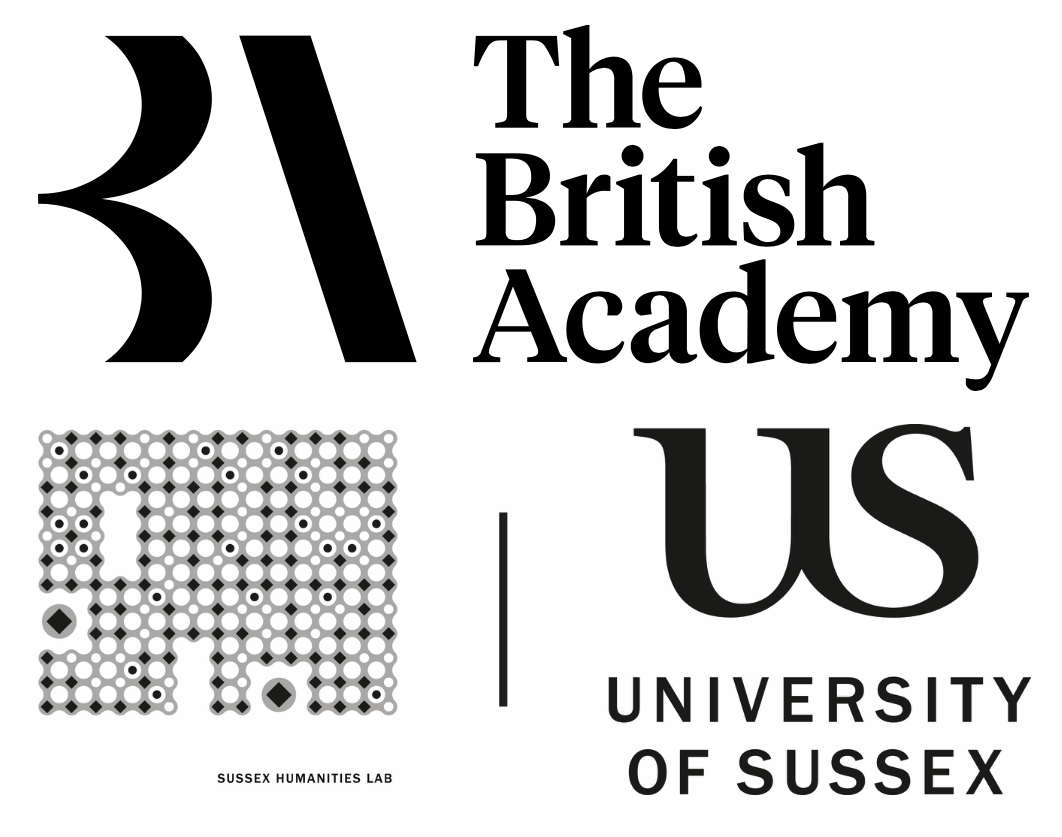Curatorial Voice

Defining Curatorial Voice
26-27 February 2019, Sussex Humanities Lab, University of Sussex
Overview
‘Curatorial Voice: legacy descriptions of art objects and their contemporary uses’ is a 12-month project that explores how new knowledge about the curation and the content of image collections can be generated through computer-assisted analysis of curatorial art descriptions. Our case study is a catalogue of 1.5 million words written by the historian M. Dorothy George between 1935 and 1954 to describe 12,552 Georgian satirical prints, which we use as a starting point to examine descriptions of art objects more broadly.
‘Defining Curatorial Voice’ is a two-day workshop that brings together curators, art historians, and information professionals to reflect on the role of curatorial voice in the collections that they work with, to evaluate our corpus linguistic methods for uncovering curatorial voice, and to suggest other collections on which to test our approach.
We are delighted to welcome participants from the British Library, British Museum, Lewis Walpole Library (Yale), National Archives, Paul Mellon Centre for Studies in British Art, Science Museum, and University College London. Spaces are limited. If you’d like to join us, please email james.baker@sussex.ac.uk.
‘Defining Curatorial Voice’ is the first of two events funded under the British Academy Digital Research in the Humanities Grants scheme. The project is live between 1 September 2018 and 31 August 2019.
Schedule
Tuesday 26 February
- 10:30 Arrivals + Coffee
- 11:00 Introductions
- 11:15 ‘Mary Dorothy George’, Dr James Baker.
- 11:30 ‘The Curatorial Voice Project’, Dr James Baker and Dr Andrew Salway (Sussex)
- 11:45 Defining Curatorial Voice 1: Structure and decision making
- 13:00 Lunch
- 14:00 Talks 1
- ‘Describing K.Top’, Felicity Myrone (British Library).
- ‘Histories of collecting and cataloguing at the Lewis Walpole Library’, Dr Cynthia Roman (Lewis Walpole Library).
- ‘Cataloguing George Cruikshank’, Susannah Walker (British Museum).
- 15:30 Talks 2
- ‘Corpus analysis of words about pictures: the example of audio description’, Andrew Salway. (Sussex)
- 16:00 Close
- TBC Dinner in Brighton
Wednesday 27 February
- 10:00 Talks 3
- ‘How do historians fish?’, Dr Jo Pugh (National Archives).
- ‘Has the digitisation of museum collections erased curatorial voice?’, Ananda Rutherford (UCL).
- 11:00 Defining Curatorial Voice 2: The Life of a Description
- 12:00 Lunch
- 13:00 Defining Curatorial Voice 3: Analysis at Scale
- 14:30 Next Steps
- Close 15:00
Venue
The workshop will take place at the Sussex Humanities Lab at the University of Sussex. The Sussex Humanities Lab is located in the Silverstone Building.
The University of Sussex is located at Falmer on the outskirts of Brighton, within easy reach of London and major international airports at Gatwick and Heathrow.
The University of Sussex campus is well served by public transport with Falmer train station on the south side of campus, and frequent buses on campus to and from Brighton. The adjoining A27 also gives good access by car. Details for all this services, including on campus parking, can be found here.
Additional information of campus facilities and maps and directions are available on the University of Sussex website.